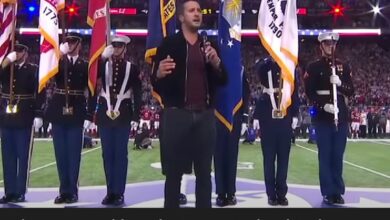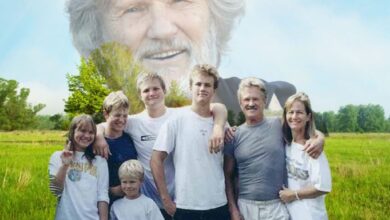Many view this as one of the top TV commercials ever. Anyone from 1971 likely recalls each lyric
The Coca-Cola “Hilltop” commercial’s enduring impact is rooted in its simple yet powerful message of unity and global harmony, expressed through the idea of sharing a Coke. The ad captured a moment in time during the 1970s, a period characterized by social and political upheaval. By featuring people from diverse backgrounds standing together and singing on a hilltop, the ad became a visual metaphor for world peace and connection. Bill Backer, who conceptualized the ad, sought to leverage Coca-Cola as a symbol of joy and togetherness, transcending cultural differences and emphasizing a shared human experience.
The production of the commercial faced numerous challenges. Originally planned to be shot on the Cliffs of Dover, bad weather forced the crew to relocate to a hilltop outside Rome. Casting also presented difficulties, as the commercial required a multicultural group to represent various ethnicities authentically. Eventually, Italian actors and models were selected to reflect the desired diversity, and the shoot involved over 60 people. The scene of participants holding Coca-Cola bottles formed a heart-shaped pattern, captured serendipitously when the camera panned from above.
The song, “I’d Like to Teach the World to Sing,” initially emerged as a radio jingle before being expanded into a full song due to its immense popularity. Songwriters Roger Cook, Roger Greenaway, Bill Backer, and Billy Davis crafted the melody and lyrics, which were designed to communicate a message of peace and unity, resonating with listeners worldwide. The jingle’s success led to its transformation into a commercial, with The New Seekers recording the radio version, and The Hillside Singers appearing in the TV ad. Both versions achieved significant chart success, with the song’s lyrics invoking imagery of a harmonious world where differences were set aside.
The ad’s reception was multifaceted. Initially, it drew mixed reviews; some praised its optimistic message, while others criticized it as overly idealistic and disconnected from the realities of the time. However, as Coca-Cola’s sales surged in the wake of the commercial, it became clear that the message resonated with audiences. The commercial sparked more than 10,000 letters of support in the months following its release, highlighting its emotional connection with viewers.
Over time, the “Hilltop” ad has become a cultural touchstone, referenced and parodied in various media. Its legacy extends beyond marketing, influencing how brands communicate messages of unity and positivity. The ad’s themes of togetherness and shared happiness continue to resonate, making it relevant even decades later. Coca-Cola revisited the “Hilltop” concept in 1990 and again in 2012, adapting the message for modern audiences while maintaining the core ideals that made the original ad so impactful.
The song has also had a life beyond its commercial roots, being covered by various artists and performed at numerous events, further embedding it in the fabric of popular culture. The catchy melody and heartfelt lyrics have ensured its continued popularity, transforming it into an anthem for unity.
Notably, the ad’s influence reached the television series “Mad Men,” where the protagonist, Don Draper, creates a fictionalized version of the “Hilltop” commercial. This representation further underscores the ad’s significance in the advertising world and its portrayal of the 1970s cultural landscape.
In conclusion, the Coca-Cola “Hilltop” commercial stands as a testament to the power of advertising to inspire and unite people across boundaries. Its legacy is a reminder of the shared human experiences that connect us all, encapsulated in the simple act of sharing a Coke. The ongoing relevance of its message serves as an example of how brands can foster connections and promote positivity in a complex world.



